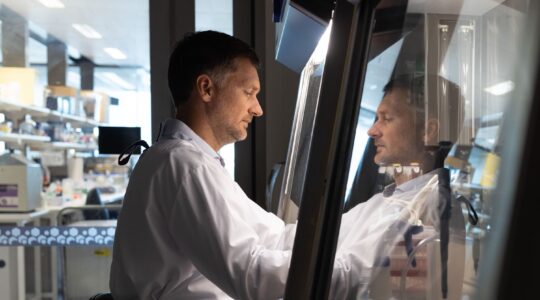Researchers in the United States believe they have found the “missing link” that will allow batteries to be recharged within minutes.
A team at the University of Colorado in Boulder (CU) has discovered that charged particles (ions) move within a complete network of pores.
Previously they were thought to move in a single straight pore.
According to the research report, published in the latest Proceedings of the National Academy of Science, the findings modify Kirchhoff’s law, which has governed current flow in electrical circuits since 1845.
“Unlike electrons, ions move due to both electric fields and diffusion, and the researchers determined that their movements at pore intersections are different from what was described in Kirchhoff’s law,” the research report said.
CU Assistant Professor of chemical and biological engineering Ankur Gupta said the breakthrough could lead to the development of more efficient energy storage devices, such as supercapacitors.
He said, prior to the study, ion movements were only described in the literature in “one straight pore”.
Ion movement was now seen as a complex network of thousands of interconnected pores that could be “simulated and predicted in a few minutes”.
“That’s the leap of the work,” Gupta said. “We found the missing link.”
“Given the critical role of energy in the future of the planet, I felt inspired to apply my chemical engineering knowledge to advancing energy storage devices.
“It felt like the topic was somewhat underexplored and as such, the perfect opportunity.”
The researchers said it would take some time for the research to be applied in battery recharging but it opened the possibility of batteries being recharged in minutes.
The research report said the discovery was significant for storing energy in vehicles and electronic devices but also for power grids, where fluctuating energy demand required efficient storage to avoid waste.
“The primary appeal of supercapacitors lies in their speed,” Dr Gupta said. “So how can we make their charging and release of energy faster? By the more efficient movement of ions.”
More information can be found at the University of Colorado website.







